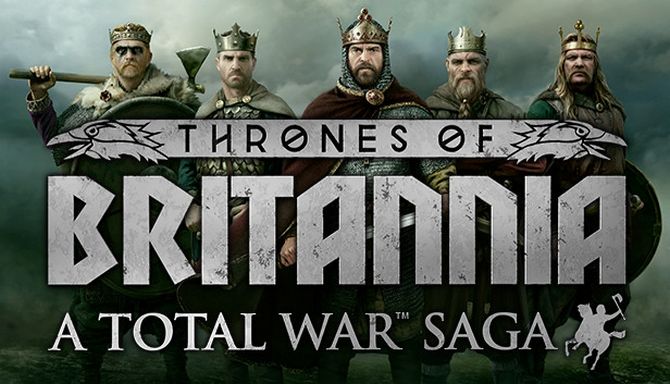Oll-pheist - Raider Swordsmen
This transport ship is light and easy to manoeuvre, but almost defenceless if attacked.Loot motivates some to take up arms, war makes it necessary for many to do so.
For most of history the only way to move cargoes and people over long distances at any kind of reasonable speed was by water; this remained true until the invention of the railway. Trading vessels carried goods, following the coastlines for the most part, and up navigable rivers. The pattern of settlement and colonisation was almost entirely based on where ships could go. It was also considerably easier to move armies by sea than march them long distances. Trade ships were hired or requisitioned for such tasks, and this was an added incentive for generals to reach a quick conclusion to a campaign: war hurt trade, and used up ships needed for vital food supplies.
(Raider Swordsmen)
Surviving on the edge of the Roman world for centuries, early medieval Ireland was a militarily primitive place, with archaeological evidence showing that Irish war equipment was inferior to that of other Europeans. Being a people of martial character, the Irish nevertheless engaged in warfare and raids more as an aristocratic pastime than a matter of survival. Raiding between the various groups within Ireland for the purposes of loot was commonplace and frequently the reason to take up arms, with the theft of cattle often the cause of bigger conflicts. The Irish were also known to have been raiding western Britain prior to the end of Roman rule, long before the Vikings had even been seen there, with slaves being the most lucrative form of booty.
The swiftness of Irish raiders was their greatest strength, with most fighting as unarmoured infantry wielding older, more traditional weapons. Many of them strove to master the broadsword, given its unique ability to maim and kill in the right hands. Sword fighting was generally practised by men of status who could afford the costly weapon, with blades commonly passed between generations as symbols of family honour. The dominant types of swords in north-western Europe were the broad-bladed two-edged forms that were up to 90 centimetres long. Most included a pommel on the hilt to keep the sword from slipping out of the hand when used from horseback, and also handy to dish out blunt-force trauma when the situation required it.
Unit Name Oll-pheist - Raider Swordsmen |
Main Unit Key shp_iri_raider_swordsmen |
Land Unit Key iri_raider_swordsmen |
Naval Unit Key vik_oll_pheist |
Soldiers 160 |
Category Heavy Ship |
Class Melee Ship |
Custom Battle Cost 350 |
Recruitment Cost 350 |
Upkeep Cost 80 |
Hull Strength |
└ Ship vik_oll_pheist |
Speed |
Melee Skill 27 |
Melee Damage 29 |
├ Melee Weapon vik_sword_levy |
├ Melee Base Damage 23 |
├ Armour-piercing Damage 6 |
├ Armour Piercing No |
├ Attack Against Cavalry 0 |
├ Attack Against Elephants 0 |
└ Attack Against Infantry 0 |
Charge Bonus 18 |
Melee Defence 42 |
├ Base Defence 27 |
├ Shield vik_small |
└ Shield 15 |
Armour 7 |
├ Armour vik_cloth_helmet |
├ Armour Defence 7 |
└ Shield Armour 0 |
Health 100 |
├ Man Entity vik_inf_med |
├ Man Health 100 |
└ Bonus Hit Points 0 |
Morale 30 |
Abilities
No Ability
Attributes
- [[col:yellow]]Expert Charge Defence[[/col]]
This unit’s melee attack and damage are increased against charging enemies. - [[col:yellow]]Hide (forest)[[/col]]
This unit can hide in forests until enemy units get too close. - [[col:yellow]]Ignore Terrain[[/col]]
Speed penalties caused by the terrain are ignored by this unit. - [[col:yellow]]Raider[[/col]]
This unit may set buildings on fire, cause more fire damage with torches and capture faster than other units.
Strengths & Weaknesses
No Strengths and Weaknesses


 Français
Français Italiano
Italiano Deutsch
Deutsch Español
Español Русский
Русский Čeština
Čeština Polski
Polski Türkçe
Türkçe Português (Brasil)
Português (Brasil) 한국어
한국어 简体中文
简体中文 正體中文
正體中文
